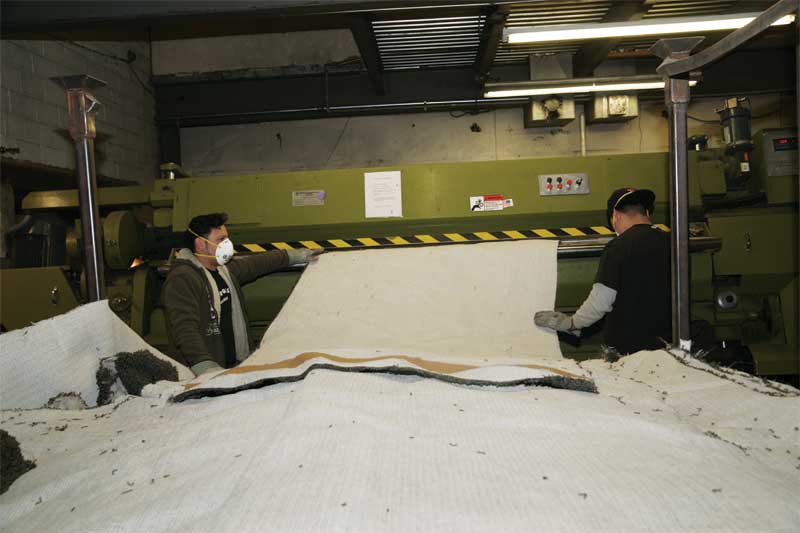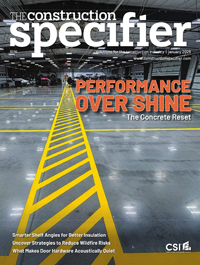The Circular Economy: How architects and designers can contribute to reducing waste

Conclusion
Planning for the reclamation of building materials in the demolition phase is a priority because it directly reduces contributions to landfills and increases the likelihood reclamation is done properly within time restrictions.
Design professionals can further support a circular economy by selecting sustainable products, including researching those with recycled content and avoiding those with possible VOCs. HPD, EPD, and the Underwriters Laboratories (UL) Greenguard certifications can be a valuable resource when evaluating products. Striving for LEED certification and the WELL standard will also place higher emphasis on selecting transparent and sustainable materials. Utilizing programs such as EPR and Cradle-to-Cradle will increase the ability for materials to be reclaimed. It is important to implement all of these aspects in the design process.
The circular economy is a holistic solution, and can only be implemented if all factors are fully addressed. Consumers who do not consider sustainability will not address reclamation. If waste materials are not properly reclaimed, manufactures cannot utilize them for future production. Further, when material selection does not involve transparency, it burdens reclamation efforts and may be problematic for consumers.
A circular economy is an evolving model necessitating design professionals correctly vet and execute decisions for continued sustainable optimization.
Following through with decisions is, ultimately, the only way to ensure a sustainable approach for construction projects. The role of design professionals in sustainable construction cannot end with the specifications document. Emphasis on onsite sustainable operations and decision-making with contractors and subcontractors will help to ensure circular economic processes are followed completely.






